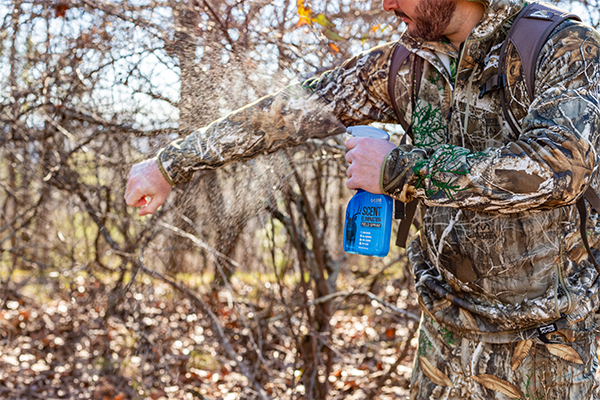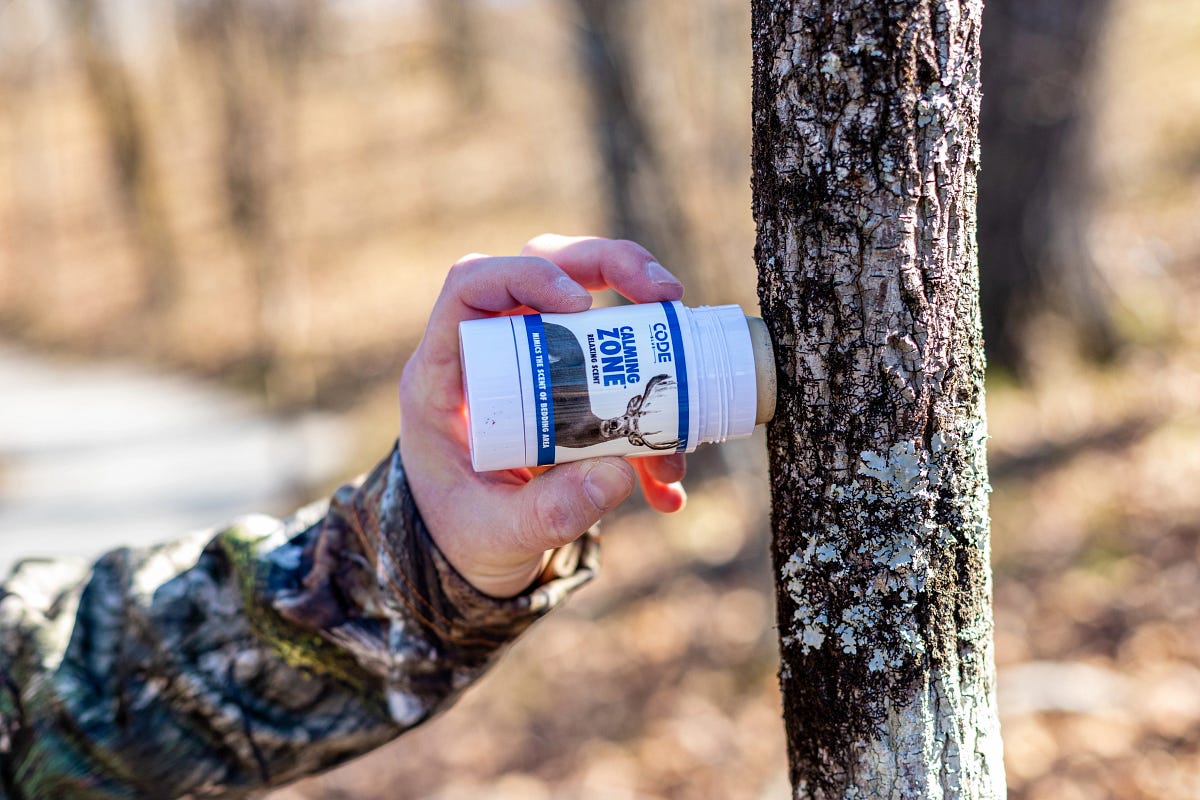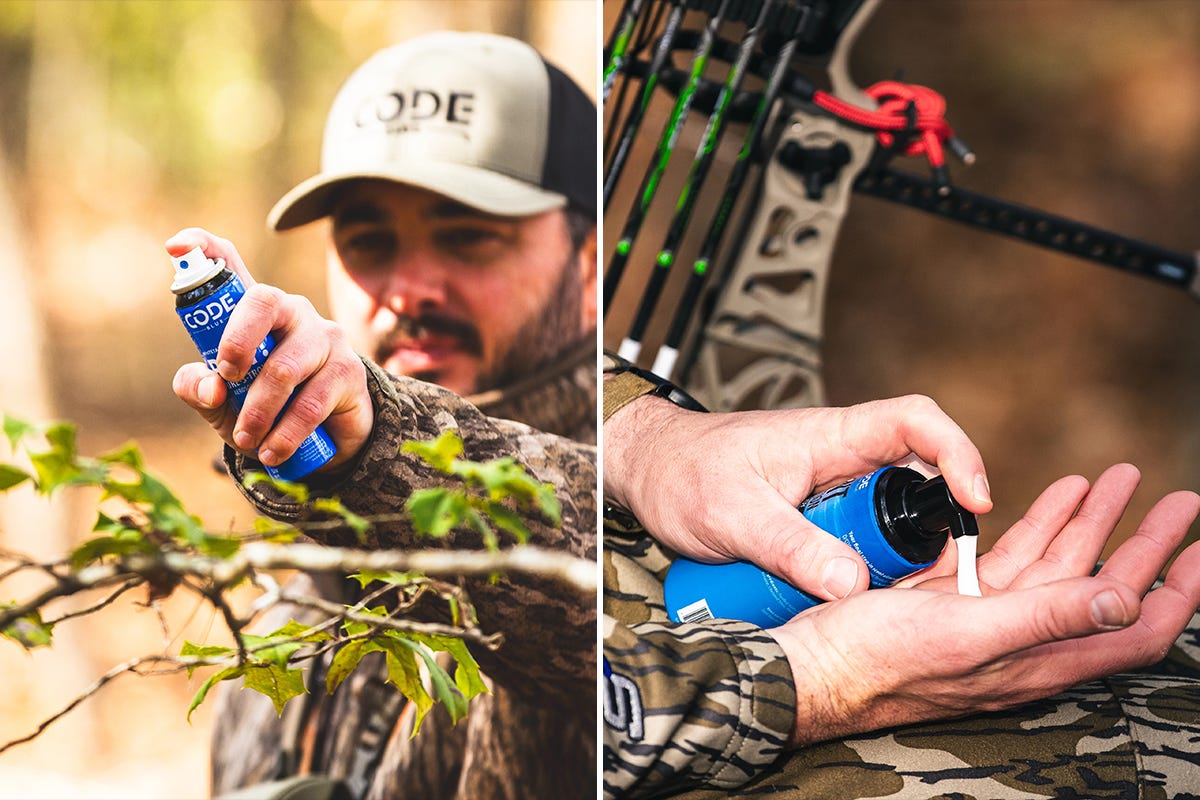- Nov 4, 2013
Move Through The Woods Undetected
Utilize these stealthy tactics to blend-in, disappear and pass through your hunting area like a shadowy ghost.
In order to consistently punch tags season after season, you have to learn how to utilize your terrain, surroundings and woodsmanship skills to become virtually invisible. The ability to stay under a whitetail’s finely tuned and ultra-sensitive radar will ultimately lead to more close encounters and success in the field. If you really want to disappear and move undetected through the woods like a shadow, then be sure to use these cutting-edge concealment tips to fool a mature buck’s eyes, ears and nose.
Be Light-Footed
Sounding like a wounded elephant stumbling through the woods can really draw a lot of attention to your presence. One of the best ways to combat alarming noise when stalking whitetails or approaching your stand is to wear lightweight hunting boots with soft outsoles or bottoms. Staying away from thick and heavy outsoles with pointy cleats is a much better option. This enables you to feel the ground and avoid popping twigs, sticks and other crunchy debris that can cause a buck to go straight into red alert mode.
Go Slim & Sleek
Stay away from loose and baggy clothing that has a tendency of getting tangled in briars, weeds, sapling trees and overhanging branches. Tighter fitting clothing made from a soft and quiet fabric will help soundproof your movement. It’s also a good idea to remove dangling backpack straps and place electrical tape around all plastic buckles or snaps that can cling, clank and generate unnatural sounds.
Muffle Your Noise
During dry conditions, it can be extremely difficult to move through the woods without spooking deer. If you find yourself in this notorious situation, you need to kick things into low gear and move at a much slower pace. In addition, utilize the wind, vehicle noise from nearby roads, passing planes, or even crows squawking to help muffle the sound of your approach. The worst mistake you can make is moving too fast or during periods of dead silence.
Take A Natural Approach
When sitting in a tree stand, it’s fairly easy to identify the sounds of an approaching hunter. The walking pace coupled with unnatural and often excessive noise is usually a clear indicator that someone is on the prowl. Loud popping sticks, clothing hanging up on limbs, and metal or plastic buckles rattling really separates us from everything else in the woods. This is why we should try to mimic the movements of other animals such as a flock of turkeys. Walking in erratic patterns with momentary pauses and scratching the leaves back with our feet is a great way to trick a whitetail’s ears.
Smell Invisible
Sidestepping a whitetail’s nose is probably one of the biggest challenges hunters face each and every season. In order to fool a veteran buck’s sensitive nose, you have to take steps to eliminate alarming odors. Showering with a scent neutralizing soap and shampoo is a good starting point, but you should also wash your clothing in an odor eliminating laundry detergent. Wear rubber boots, latex gloves and change into your scent-free outer clothing once in the field. Top off the scent-proof ritual by continuously spraying down with an odor eliminating spray, especially during warm hunting conditions and long hikes.
Plan Your Route
Always avoid travel routes that clearly expose your silhouette and movement. These include open fields, ridgelines, mountaintops and old logging roads. Terrain features like these are exactly what whitetails watch for danger. Plus, you stick out like a sore thumb because there is nothing to shield or block your movement. The easiest route will not always be your best option. Learning to utilize ridges, hills and thick cover to conceal your movement will get you much closer to paranoid whitetails with sharp eyes.
Utilize The Sun
If at all possible, execute your approach with the sun at your back. Just like us, deer have a really tough time looking into the sun. It’s much more difficult to pick up movement or determine what an object is when staring into bright rays of sunlight that hinder vision. They say experienced gunslingers in the old west used to fight with the sun at their backs, and you should hunt the same way.
Lurk In The Shadows
Most predatory animals from mountain lions to largemouth bass will use dark shadow ambush points to capture their prey. This is exactly why you should hug the shade when stalking deer or approaching your setup. Staying in the shadows and out of brightly lit areas is one of the safest ways to move through the woods without being seen. Carefully planning routes that coordinate with the sun and shade will help keep you out-of-sight and out-of-mind this season.
Break-Up Your Outline
As mentioned earlier, the human silhouette is often hard to hide, but there are a few tips you can use to make your outline blend-in better or even disappear. For starters, always use camouflage gloves and a head-net or dark-colored paint to conceal your hands and face. Wearing two contrasting camo pattern tops and bottoms is another highly effective technique for breaking-up your outline. 3-dimensional leafy suits or using black safety pins to attach surrounding leaves, grass and weeds to your clothing will also help you vanish into your surroundings.
Get Down & Dirty
Strategically crawling on your belly is a high-impact stalking tactic that will enable you to effectively close the distance without being spotted. Crawling gives you a low-profile look that deer don’t generally associate with human predators. When stalking long distances or across rocky and tough terrain, try using knee and elbow pads to help cushion your approach. Sometimes getting down and dirty is your only option, especially when hunting open-terrain areas with minimal cover.






